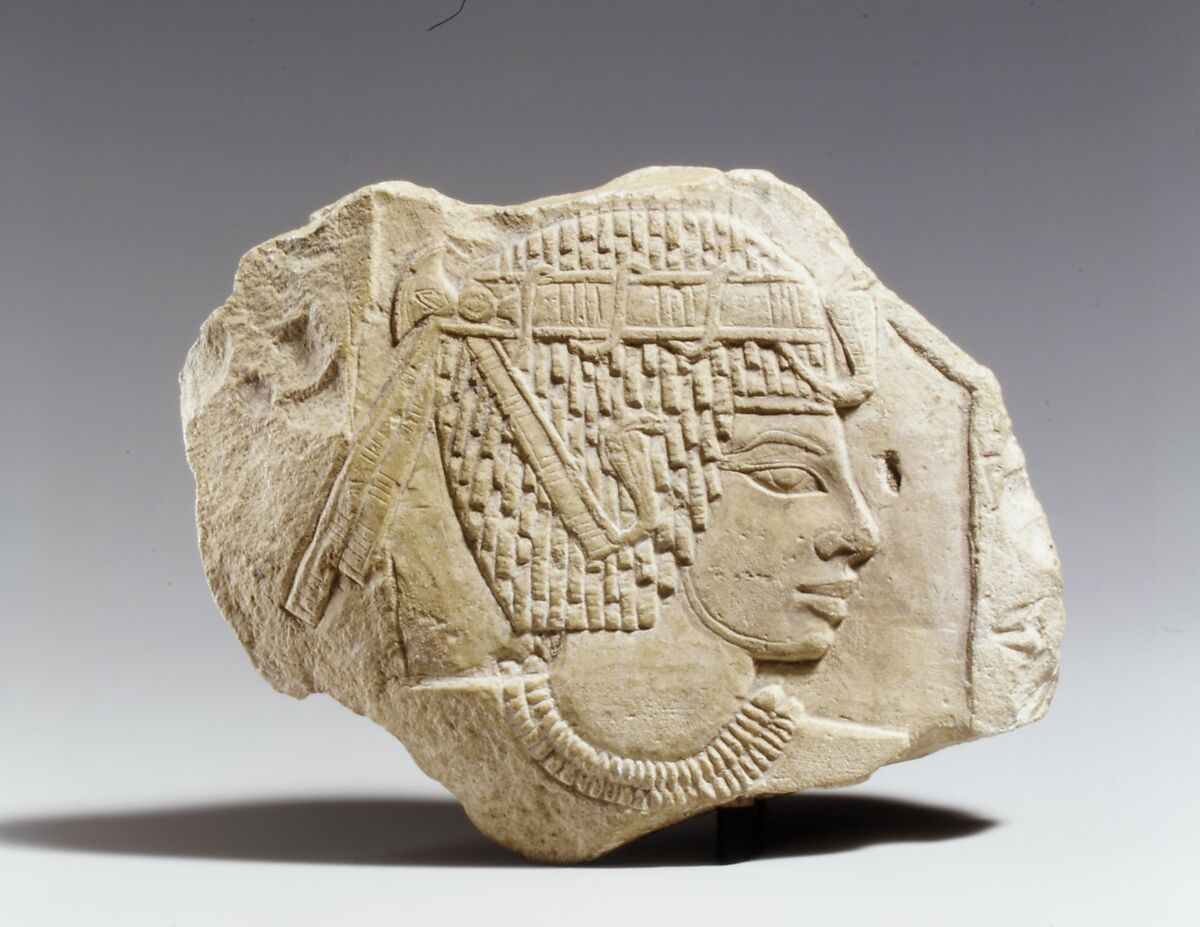A limestone relief depicting Pharaoh

A limestone relief depicting Pharaoh Amenhotep III of the 18th Dynasty (circa 1360 BCE) was discovered in West Thebes. Now housed in the Ägyptisches Museum, Berlin, the relief showcases the royal iconography and artistic mastery of New Kingdom Egypt.

Pharaoh Amenhotep III, who reigned from around 1390 to 1352 BCE during Egypt’s 18th Dynasty, is remembered as one of the most prosperous and powerful rulers of ancient Egypt. His reign marked a golden age of peace, wealth, and artistic achievement. Amenhotep III expanded Egypt’s influence through diplomacy rather than war, strengthening alliances by marrying foreign princesses and maintaining extensive trade networks.

He undertook vast building projects, including the magnificent Temple of Luxor, his mortuary temple at Thebes—once guarded by the colossal statues known as the Colossi of Memnon—and numerous other temples and monuments throughout Egypt and Nubia. Under his rule, Egyptian art and architecture reached new levels of refinement and grandeur. Amenhotep III was also the father of Akhenaten, the pharaoh who later introduced the worship of Aten. His reign is often seen as the height of Egypt’s power and cultural brilliance.











